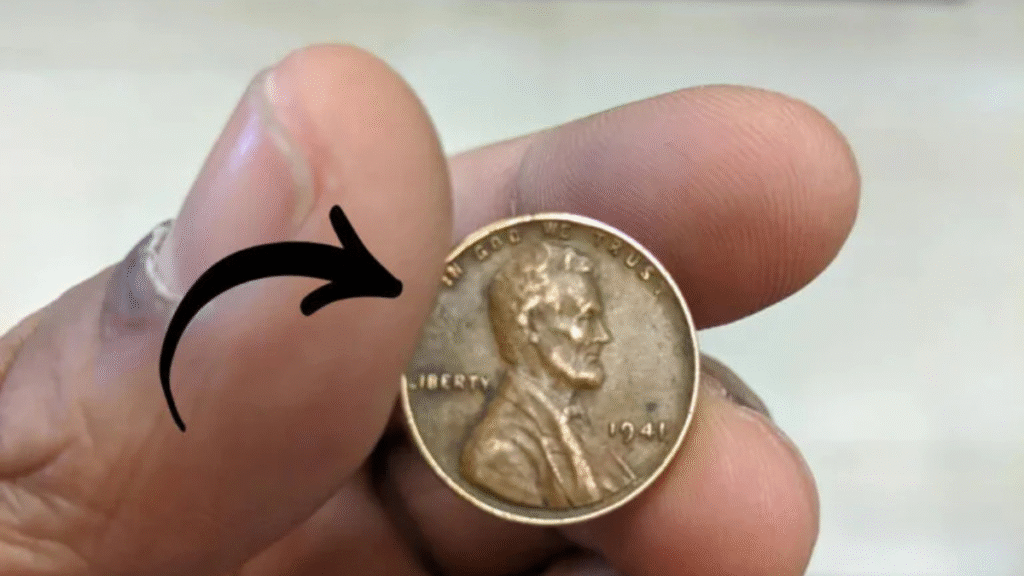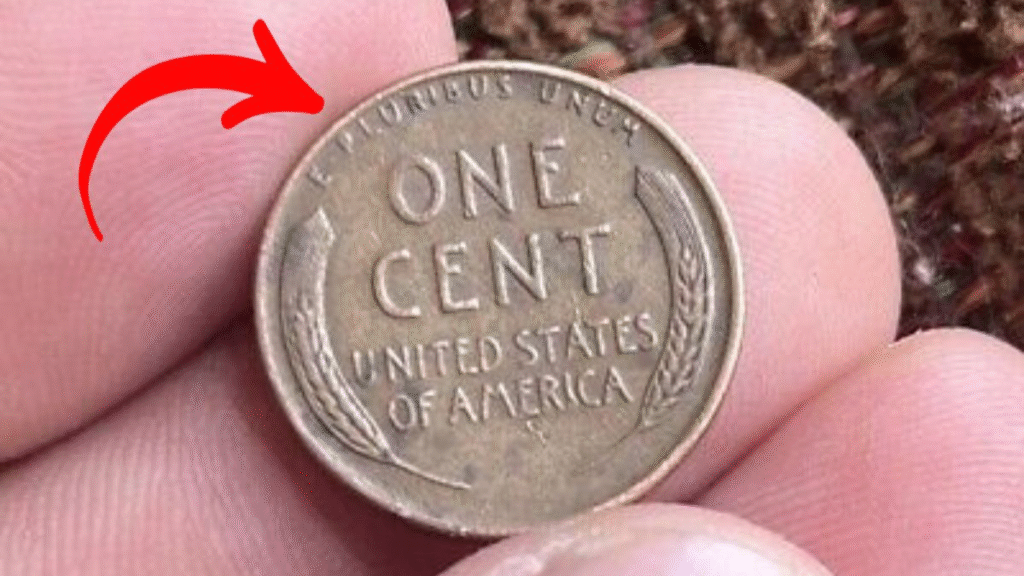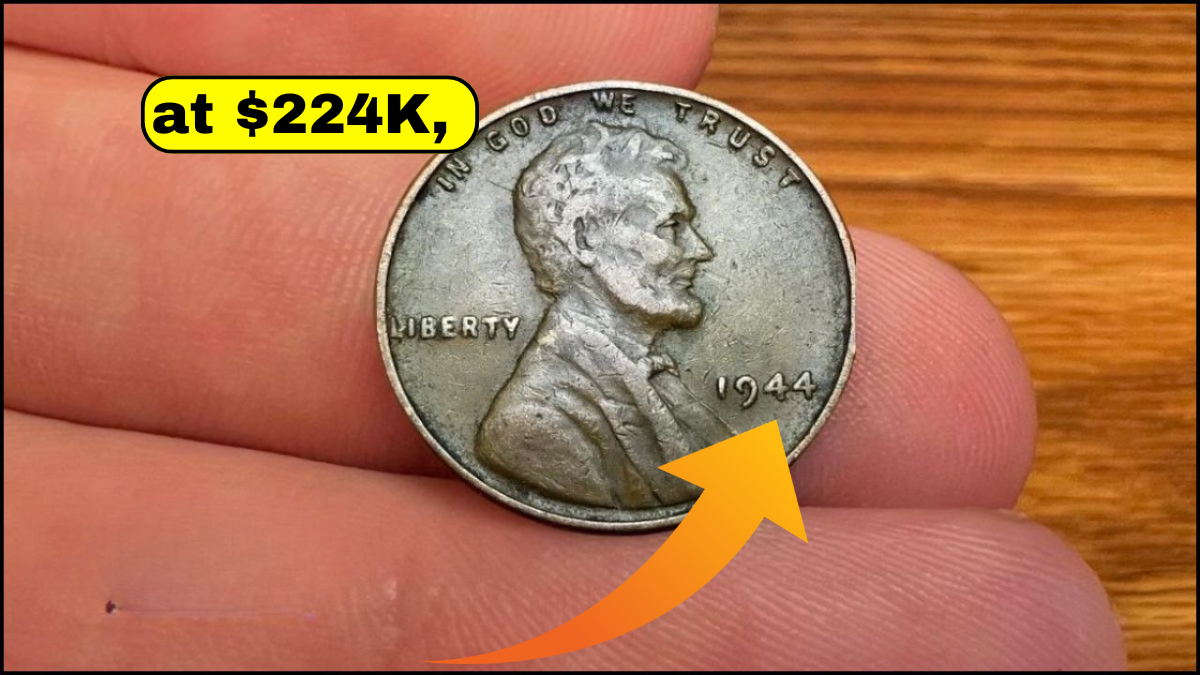If you love coin collecting or enjoy hearing about rare treasures, there’s one coin that has captured the imagination of collectors around the world — the 1958 Doubled Die Lincoln cent. This coin is not just any ordinary penny. Because of a unique minting error and its extreme rarity, it has become one of the most valuable error coins in U.S. history. In fact, one of these coins sold at auction for more than ₹1.8 crore (around $224,000 USD).
So, what makes this small copper coin so special? Let’s break it down and learn why collectors are willing to pay such huge amounts for it.
What Exactly Is a Doubled Die Coin?
To understand why the 1958 Lincoln cent is so valuable, you first need to know what a “Doubled Die” coin is. When coins are made at the mint, they are struck using dies, which are metal stamps with the coin’s design engraved on them. Occasionally, if the die itself is misaligned or improperly made, it can create a double image on the coin when it strikes the blank metal.
This means the letters, numbers, or other design elements look like they have been printed twice. This mistake is called “doubling,” and coins made with these defective dies are called Doubled Die coins.
These coins are extremely popular among collectors because they’re easy to identify and very rare. Unlike other mint errors that might be hard to notice, doubling is visible to the naked eye.
The Doubling on the 1958 Lincoln Cent

The 1958 Doubled Die Lincoln cent is one of the most dramatic examples of doubling ever seen. The doubling is very clear on the front side of the coin (known as the obverse).
If you hold this coin in your hand and look closely, you’ll notice:
- The words “In God We Trust” appear to be printed twice, with the letters visibly shifted.
- The word “Liberty” also shows a distinct double image.
- Even the date “1958” looks slightly doubled.
These obvious errors make the coin easy to spot even for beginners. Unlike some doubled die coins where the mistake is subtle, the 1958 version stands out immediately.
Where Was This Coin Minted?
This rare coin was made at the Philadelphia Mint, which is the oldest mint in the United States. One interesting thing about coins from Philadelphia is that they usually don’t have a mint mark.
If you look at most other U.S. coins, you’ll notice a small letter next to the date — a “D” for Denver, an “S” for San Francisco, and so on. But the 1958 Lincoln cent does not have any mint mark at all. That is perfectly normal for coins from Philadelphia at the time.
What makes this penny so special is that only a very small number of them were ever made. Experts believe only a handful exist today, which makes it one of the rarest coins in circulation.
Why Is the 1958 Doubled Die Cent So Valuable?
The value of any collectible item depends on a combination of rarity, demand, and condition — and this coin has all three.
- Extremely Low Mintage: Only a few of these coins were ever made. Some experts think fewer than three are known to exist today, though there may be a few more hidden in private collections.
- Strong Doubling: The doubling on the letters and date is so obvious that it immediately catches a collector’s eye.
- Condition: A well-preserved coin that has never been used (called “uncirculated”) can fetch an enormous price.
In fact, one uncirculated 1958 Doubled Die Lincoln cent was sold at auction for $224,831 USD, which is more than the cost of many luxury cars or even a small house!
Collectors also love this coin because of its historical importance. How could such a big mistake slip through the strict quality controls at the U.S. Mint? That mystery only adds to its allure.
How Can You Tell If You Have One?

If you ever come across old pennies from the 1950s, it’s worth taking a closer look. Here’s how to identify a 1958 Doubled Die Lincoln cent:
- Look at the words “In God We Trust” at the top of the coin. If you see clear doubling, you might have a rare treasure.
- Check the word “Liberty” on the left side of the coin. The letters should also appear doubled.
- Examine the date “1958” — even a slight doubling can mean you’re holding something very valuable.
- Make sure there is no mint mark. Since it was minted in Philadelphia, the area near the date should be blank.
If your coin meets these conditions, don’t spend it! Instead, contact a professional coin grading service. They can authenticate the coin and tell you how much it might be worth.
Conclusion
The 1958 Doubled Die Lincoln cent is more than just a penny — it’s a piece of history and a collector’s dream. Because so few exist, it’s one of the most sought-after error coins in the world.
Think about it: a coin originally worth just one cent could now be worth more than ₹1.8 crore ($224,000). That’s why it’s always a good idea to check old coins lying around your house, in piggy banks, or inherited from relatives.
Who knows? You might come across a 1958 Doubled Die Lincoln cent or another rare error coin. If you do, you could be holding one of the most valuable pennies ever made — a tiny piece of history that could change your life.
FAQs
1. What is the Lincoln Wheat Penny?
It’s a U.S. one-cent coin minted from 1909 to 1958 featuring wheat ears on the reverse side.
2. Why is this Lincoln Wheat Penny worth $224,000?
Rare minting errors or unique dates (like 1943 copper pennies) make certain Wheat Pennies extremely valuable.
3. Is this valuable penny still in circulation?
Yes, rare Wheat Pennies can still be found in circulation, though it’s extremely uncommon.
4. How can I identify a valuable Wheat Penny?
Look for unique minting errors, rare dates, or coins in excellent condition.
5. Which dates are the most valuable?
Some of the rarest include the 1909-S VDB, 1914-D, and 1943 copper penny.


